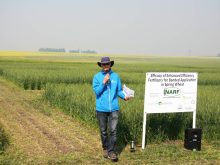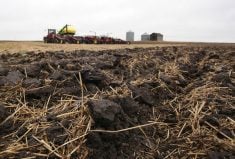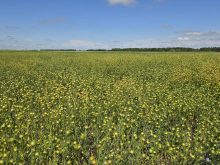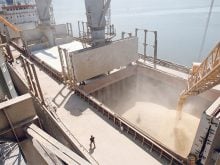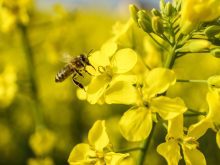Roundup Weathermax has been approved as a pre-harvest desiccant on tame mustard crops in Canada, but producers are warned that the wrong timing could mean higher than allowed residue levels for export.
The pre-harvest application of Weathermax consists of applying 0.67 litres per acre of the 540 grams per litre formulation when pods are green to yellow and seed is yellow to brown.
“Growers should note that missing this timing (too early or too late), or application of higher rates than those that are labelled, can result in higher levels of glyphosate than are acceptable,” said the Saskatchewan Mustard Development Commission.
Read Also
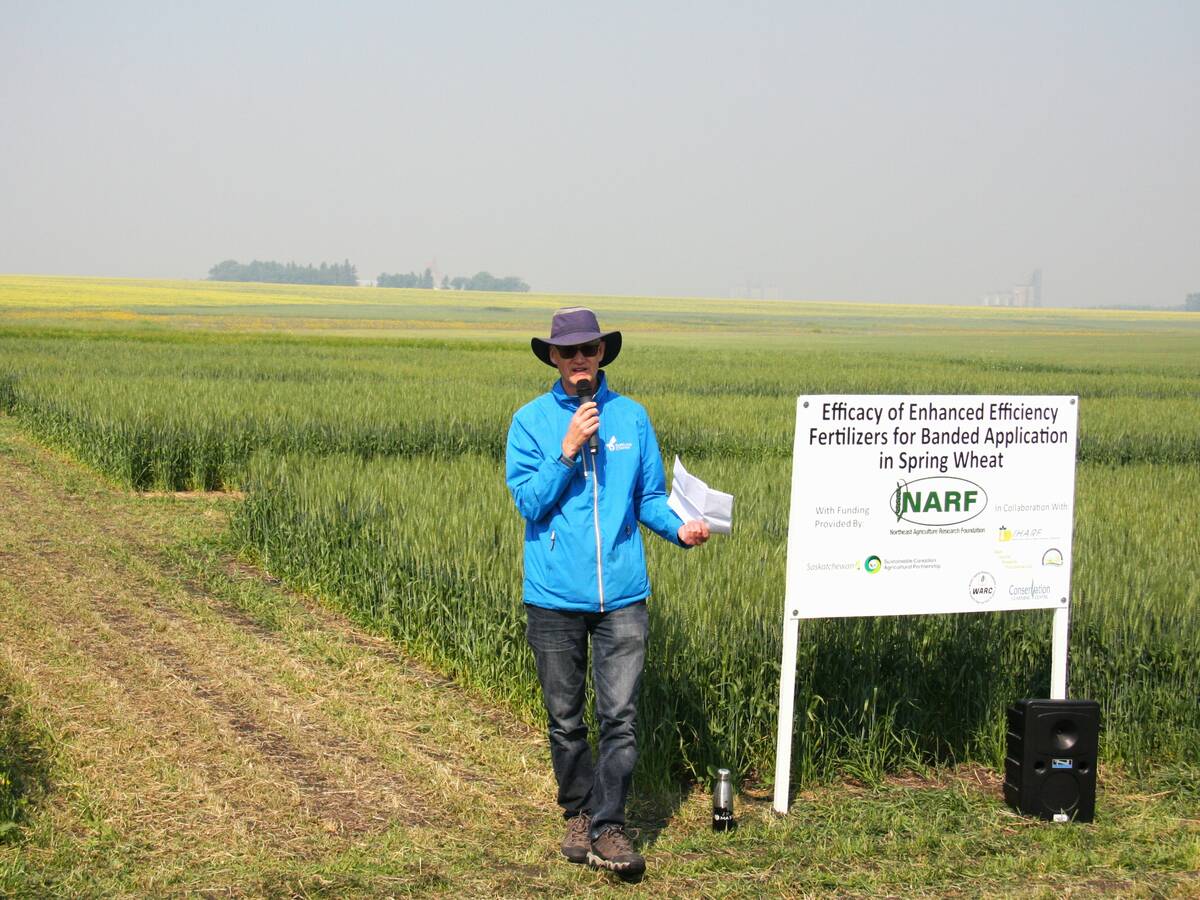
Fertilizer method’s link to emissions studied
A researcher says others studying greenhouse gas emissions aren’t considering how the loss of nitrogen into the atmosphere correlates with fertilizer application or if there is an impact to yield.
Not all jurisdictions have set maximum residue limits that would be a concern to producers using pre-harvest glyphosate in mustard, but countries like the United States have a low maximum residue limit for glyphosate.
United States, Mexico and Australia have a 0.1 parts per million maximum residue limit for glyphosate in mustard seed. The EU has set its maximum residue limit at 10 ppm, while other countries have no set limit.
The commission is recommending growers consult with the exporter or processor before using glyphosate on tame mustard.
“In instances where the crop is going to be marketed primarily in countries outside the European Union, it may be wise to forego the use of glyphosate on tame mustard so that the crop is not potentially rejected due to glyphosate residues,” it said in a release to farmers.




